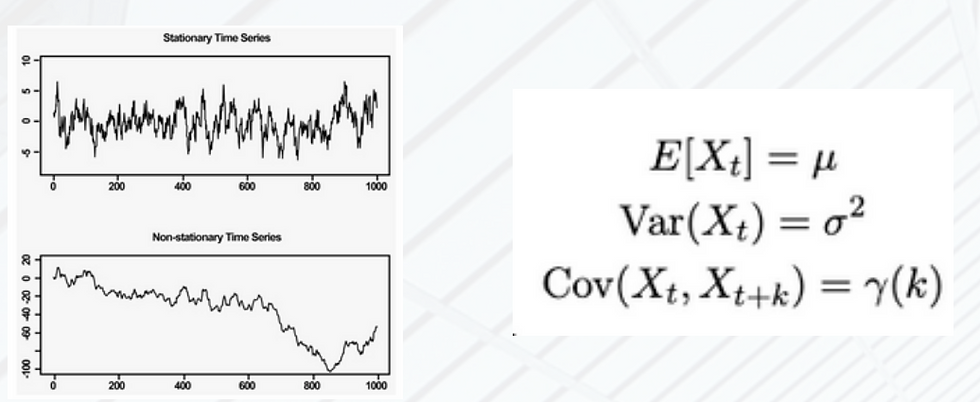Powering the Future: Lithium
- Sora Capital A.C.

- Jul 6, 2023
- 3 min read
Exploring the Environmental Impact and Potential Advancements in Lithium Mining.

Source: Innovation News Network
Overview
Lithium is a natural resource that is a vital component within the electric vehicle’s battery pack replacing the conventional combustion engine. It’s a resource that has seen increased demand over the decade as concerns regarding climate change have spurred new investments into cleaner electric vehicle technology and mandates such as the UK government's suggestion that all new vehicles should be electrically propelled by 2035.

Source: Trading Economics
This global progression into the EV transition has meant demand for key components, lithium included has skyrocketed. This has also led several oil companies such as ExxonMobil and Equinor into diversifying from their bread-and-butter fossil fuel businesses into lithium extraction and drilling. ExxonMobil recently acquired brine fields in Arkansas paying reportedly more than $100m and Equinor took shares in Lithium de France in 2021.
Sustainability of Lithium Mining
While the raw material of lithium is used in end products that actively help against climate change, the methods by which it is extracted can still have negative environmental consequences. Alongside the conventional deforestation, soil and water pollution that occurs with conventional mining, lithium extraction also incurs heavy use of water in areas that are already water-stressed and this can have the potential to have an ecological impact depending on how natural systems are disrupted.
Potential Advancements
The actual process involves utilising naturally occurring salt brines and conducting extraction through processes of evaporation and chemical recovery. However, this is a time-consuming process and takes months from start to finish. But DLE (Direct Lithium Extraction) is a method in which extraction times can be reduced to just a few days – a game-changer in the lithium world. DLE put very simply involves a process in which lithium ions are extracted directly from brine or saltwater solutions using membranes and ion exchange processes.
Global Market Share

Source: US Geological Survey
Key producers of lithium are Australia, Chile, and China with a combined global share of 90% of the total production,2 and other countries are looking to expand operations in the coming years with new mandates and support being introduced.
Global Government Support
Demand for lithium is also being influenced by President Xi Jingping’s new plan for energy independence, it has spurred mass growth in industries registering as energy storage companies in a bid to attain state funding. A notable example of this is Chinese food manufacturer Nanfang Black Sesame Group switching a component of their business from food to lithium battery production with an investment of $490 million for the new base.3 While this outlandish anecdote may be a one-off, it does shed light on the shift in developing and emerging economies from reluctance to onboard green initiatives to promoting its development. It all adds fuel to the case of lithium’s increasing importance in the coming decades.
The Chinese government-led support for the lithium industry is also paralleled by the US government in the form of several investors having the potential to be qualified for the ‘Inflation Reduction Act’ subsidies that were introduced last year. This interest has also been seen cross-Atlantic in the UK where a new lithium mine based in Cornwall has recently been announced in collaboration with British Lithium and French mining company Imerys.
Future of Lithium Mining
While we see not only a gaining interest in lithium as a commodity from oil companies and governments alike, the main driver for the demand also seems to remain strong. Rivian Automobile a US electric vehicle start-up reported expecting production of trucks and vans expecting 50,000 in total by the end of this year. This alongside Tesla’s announcement that they delivered 466,000 cars in the second quarter (which is 83.5% higher than last year) reinforces the strong case for lithium in the coming years and decades. This was also reciprocated by BYD, one of the biggest EV manufacturers in China whose reported sales doubled within the first 2 quarters of 2023.
Written by: Abhinav Vijayakumara, Market Analyst at Sora Capital A.C.




Comments